Nearly extinct Indus River Dolphins make a comeback
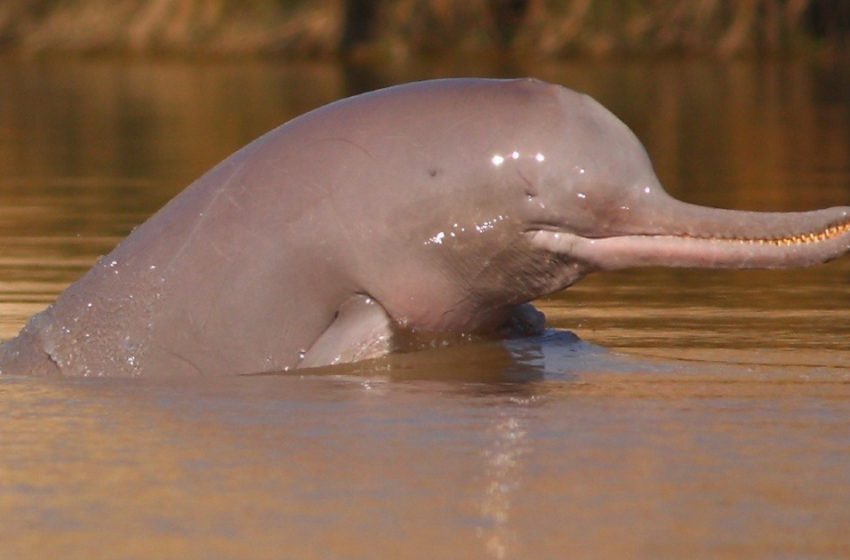
Like all other dolphins, Indus river dolphins (Latin: Platanista minor) have initially originated in the sea, but when the sea dried up around 50 million years ago, these marine creatures were forced to adapt to the only remaining habitat of that time—rivers.
Nowadays, these dolphins, a species of toothed whale in the family Platanistidae, can only be found in the lower parts of the Indus River in Pakistan and in River Beas, India.

The number of these wonderful creatures declined dramatically in Pakistan after the construction of heavy irrigation system for the country’s needs, which has divided the scarce populations of this dolphins by six barrages, and this obstacle is a fundamental obstacle for the specie’s further reproduction.
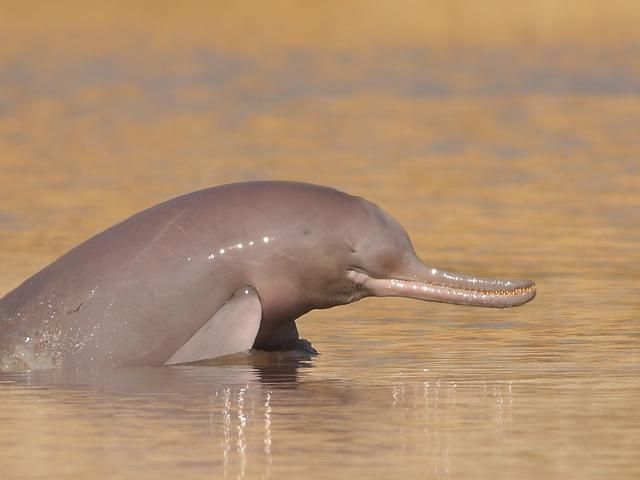
During evolution, the animals got used to living in muddy waters and gained functional blindness. Just like all dolphins, they also rely on echolocation for the survival. They mostly prey on catfish, carp, prawns and other river & sea habitants. They can reach 200 pounds in weight and about 8.5 feet in length and have a prolongated nose with huge teeth.
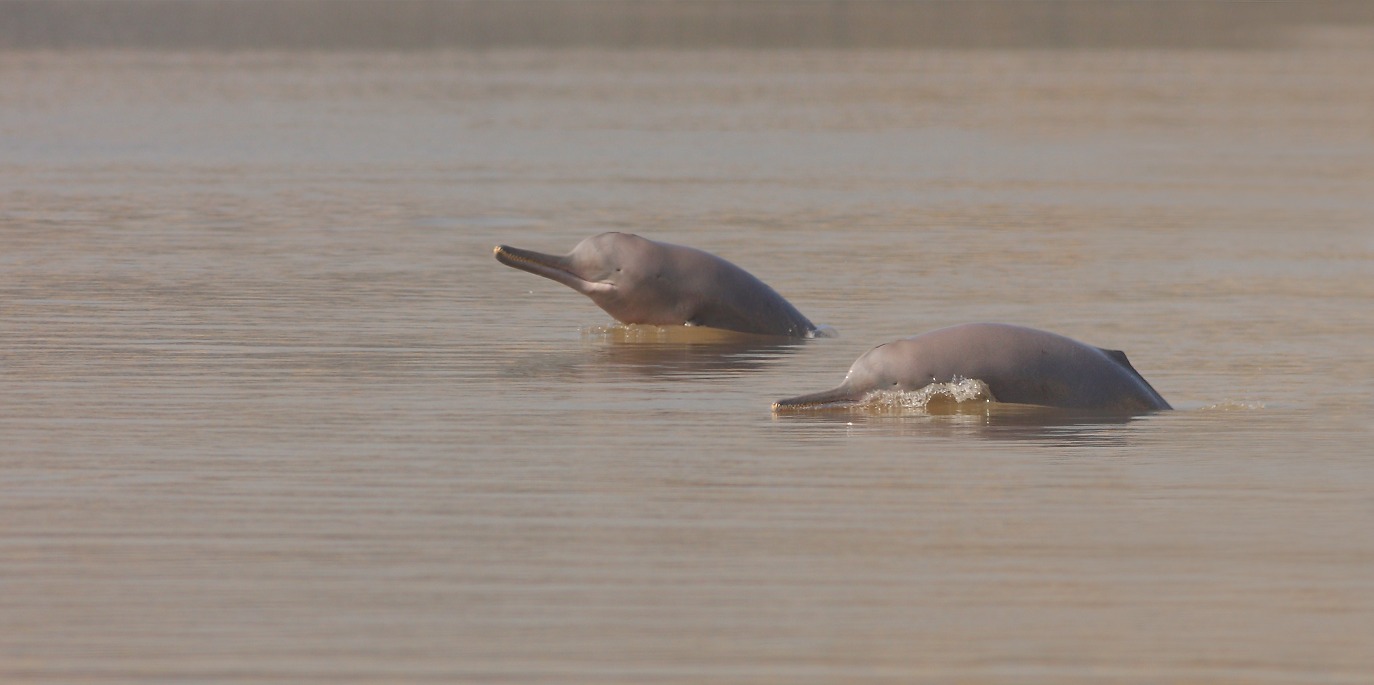
With only 1500 species counted to date, compared to 132 in 1980’s, the Indus river dolphins are considered as one of the globe’s most endangered marine mammals. Not only their numbers decrease because of isolated populations and fragmented habitats, but also because of illegal hunting for their meat and other parts due to their “medical” values as believed by the local fishermen.
This subspecies of dolphins has not been studied as much as it’s marine counterparts, so educational materials are also quite scarce, which makes the protection of the species rather difficult.
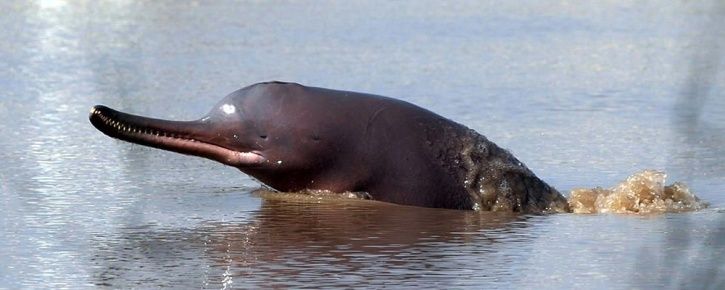
A few years ago, India has established the first research facility in the country to study the Indus river dolphins, that aims to study the animal’s behavior, habitat and ecology, as well as raise the public awareness on the importance of conserving the species. A detailed conservation program has been developed by the Indian government aimed at saving the species from extinction.
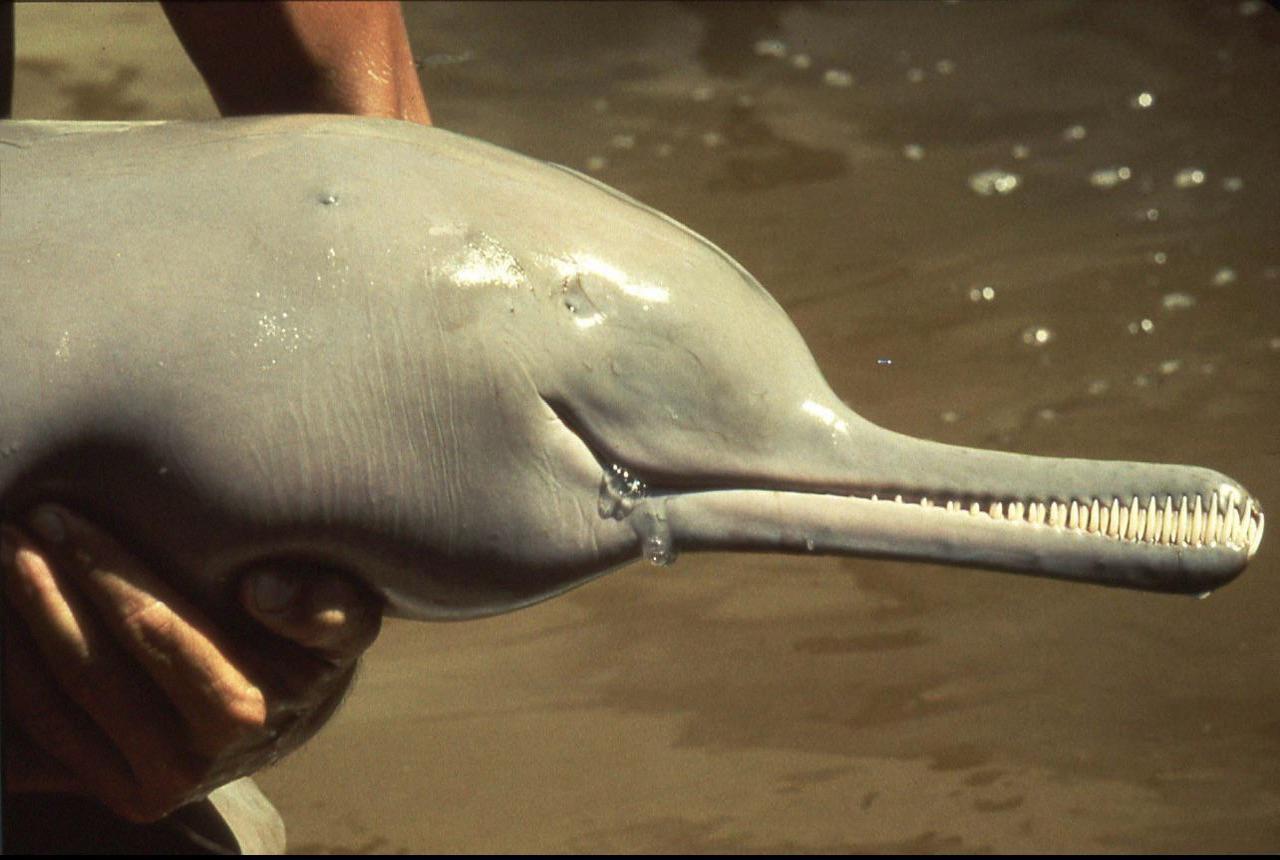
The scientists fear that the Indus river dolphin might share the fate of the Chinese Yangtze River dolphin, which has drastically declined in numbers making its further reintroduction impossible.
Do you think awareness raising among the local population is enough to ensure the survival of those magnificent dolphins?


